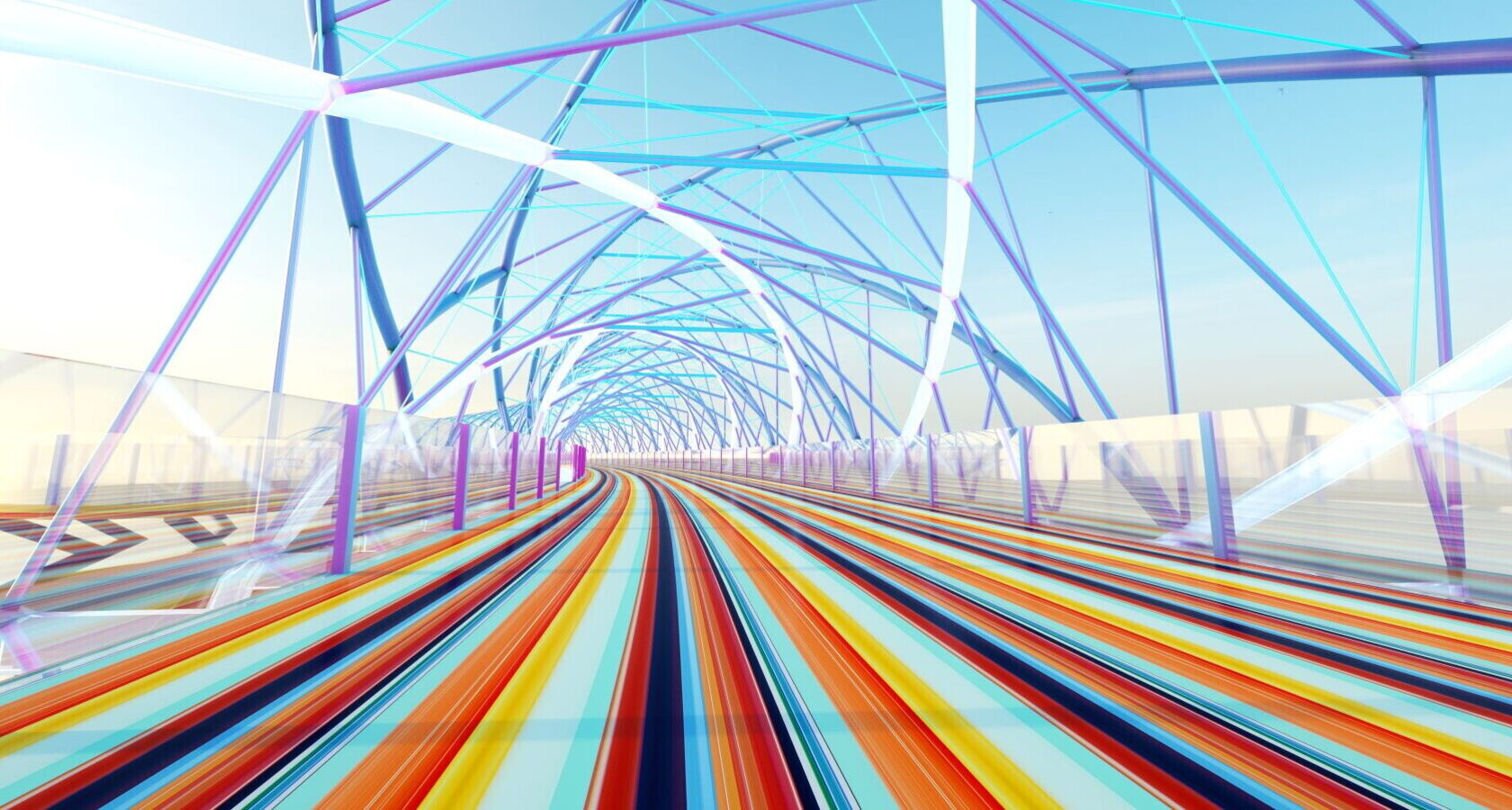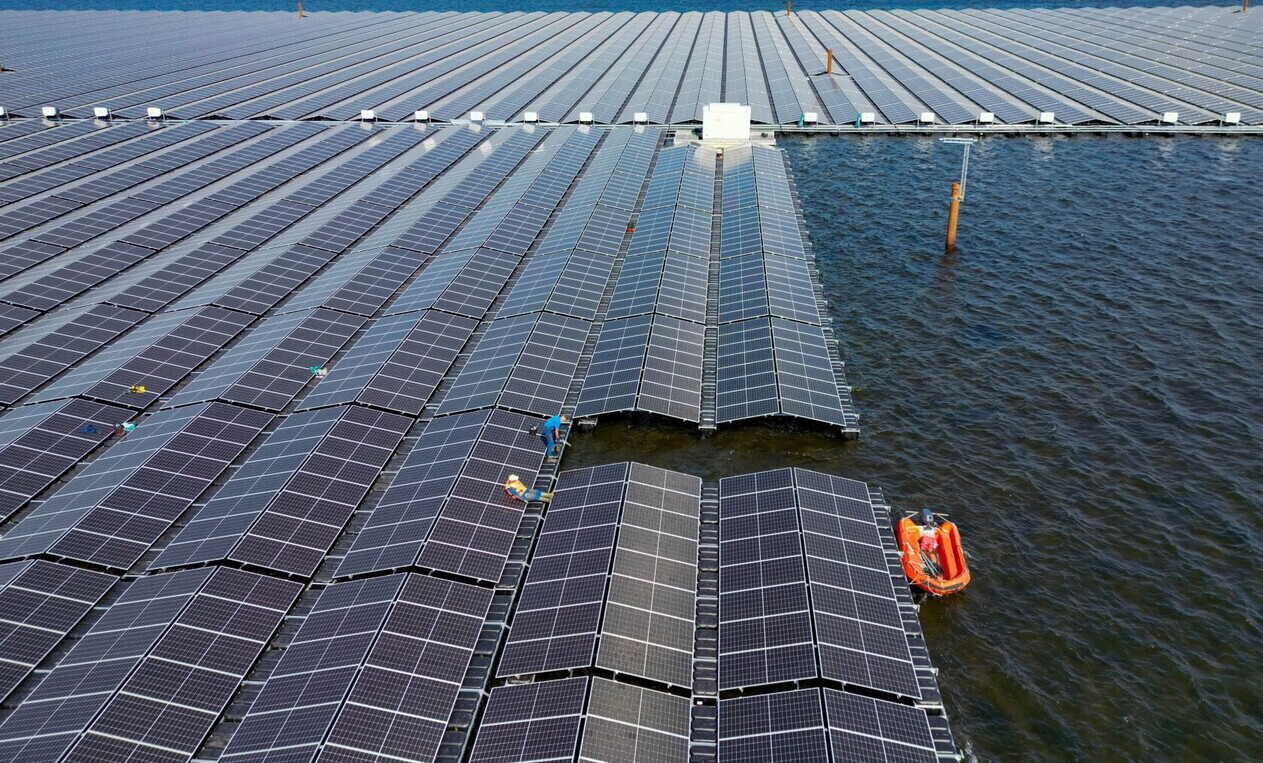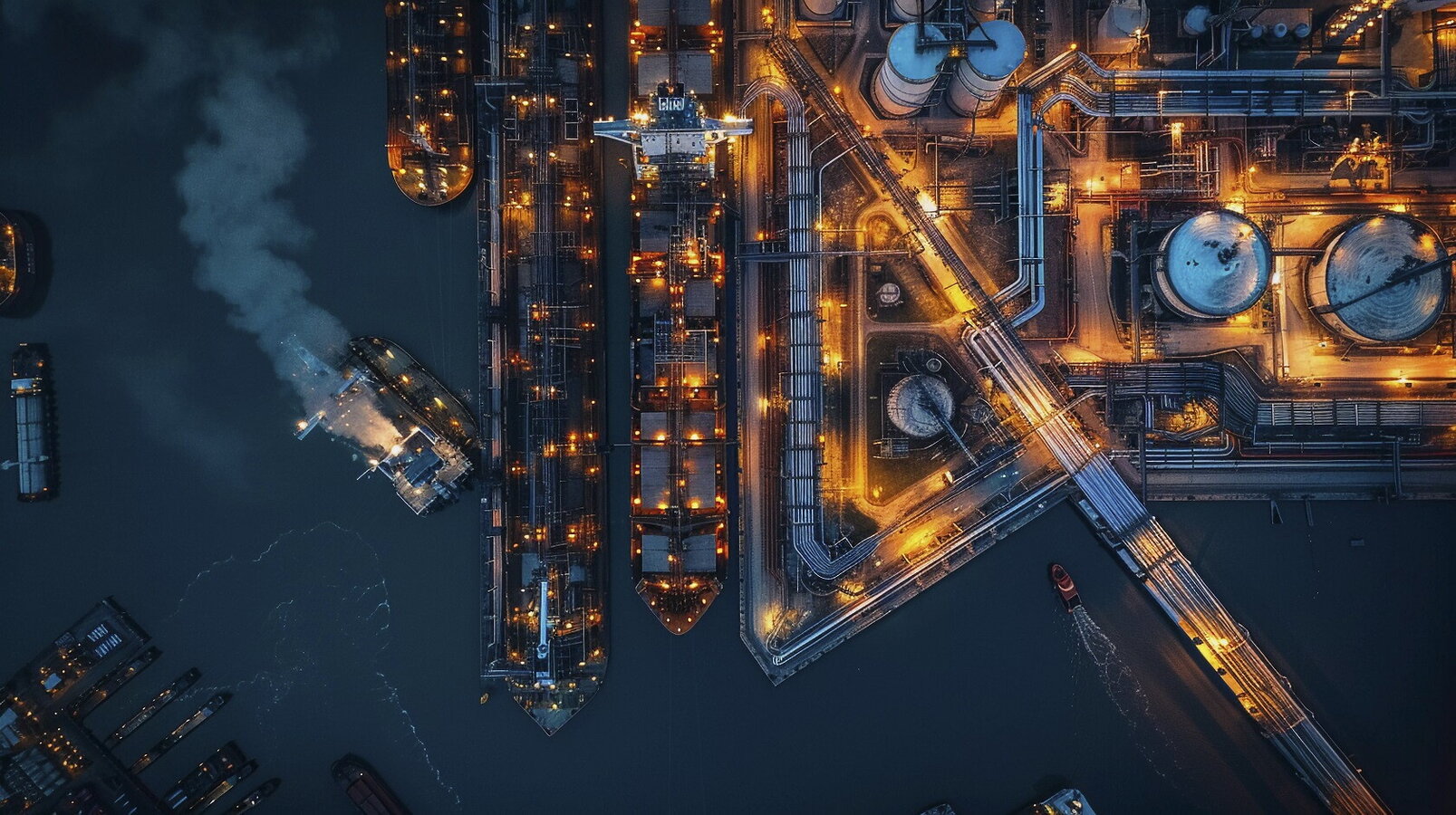
The European challenge
The energy union
Europe has been building an integrated infrastructure network for years, with projects shared between member states and neighboring countries. From electricity to gas, via smart grids: cross-border connections are everywhere
4 minThere is often much talk about Europe’s missed opportunities, and far less about its concrete achievements. Yet the European Union did not wait for the Ukraine-Russia war to begin addressing the challenge of energy coordination and exchange. As early as 2013, the first joint projects led to valuable collaborations among member states and neighboring countries through the creation of Projects of Common Interest (PCIs) and Projects of Mutual Interest (PMIs), under the revised Trans-European Networks for Energy (TEN-E) framework.
These projects align with the EU’s commitments under the Paris Agreement and follow a multilevel approach. Each must involve at least one energy source that meets TEN-E program criteria and connect a minimum of two countries. They represent a joint effort by governments, companies, and local authorities, contributing meaningfully to the EU’s decarbonization goals —even when non-member countries are involved. Cost-effectiveness is also a key consideration, with expenditures required to show clear economic or energy benefits.
Projects involving small and medium-sized enterprises receive additional support from the EU, including faster planning permits and streamlined oversight through a single national authority. The EU also encourages transparency and public engagement by offering reduced administrative burdens and access to funding from the Connecting Europe Facility (CEF), a key pillar of the European Green Deal.

Electricity interconnections and gas infrastructure
An interactive, continuously updated map tracks the EU’s progress in the energy sector, showing connections and their impacts across member states. In electricity, for example, the “Celtic Interconnector” links Ireland and France, enabling the exchange of 700 megawatts and also carrying fiber-optic lines for communications. The “Baltic Synchronisation Project” connects Estonia and Finland (via Estlink I and II), Lithuania and Sweden (Nord Balt), and Lithuania and Poland (LitPol Link). The “German North-South Connection” not only links northern and southern Germany but also serves as a backbone for electricity flows between Hungary, Poland, the Czech Republic, and Slovakia, with completion expected in 2025.
In the gas sector, the “IGB Pipeline” has connected Greece and Bulgaria since October 1, 2022, with an initial capacity of 3 billion cubic meters per year and EUR 84 million in financing. Also launched on the same day, the "Baltic Pipe" links Denmark and Poland, transporting over 10 billion cubic meters of gas annually from the North Sea to Poland. It received about EUR 267 million in EU funding through the Connecting Europe Facility (CEF). The "Balticconnector" links Finland to the continental European gaseous grid, enhancing regional energy security and diversifying supply sources.
Digital integration and innovation
Connection projects between Slovenia and Croatia —such as the “Sincro.grid” digital control center— are helping to integrate power grids and improve the security and efficiency of energy flows both eastward (to Bulgaria, Romania, and Ukraine) and westward (to Italy, Switzerland, France, and Germany). The “Smart Border Initiative” between Germany’s Saarland and France’s Lorraine region focuses on joint solutions for energy savings and renewable energy deployment through digitization and artificial intelligence. Now beyond the experimental phase, this project could serve as a model for other regions in Europe and beyond.
The interactive map highlights many additional projects, reflecting Europe’s emphasis on energy, renewable deployment, and integration into broader energy corridors. These initiatives offer a concrete picture —in kilowatt-hours, cost breakdowns, and financing— of a Europe that, beyond rhetoric, is taking real steps to address recent crises with a long-term vision rooted in early 2000s planning and targets set for 2030 and 2050. For once, Europe is letting actions speak louder than words, and its plans are becoming reality.

